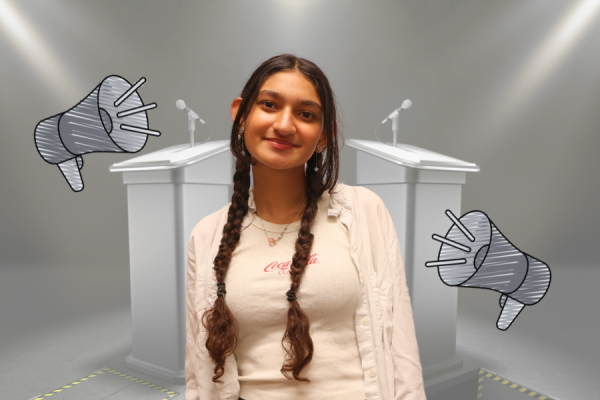Shell Shock: Anatomy & Dissection Club Turtle Dissection Explores Unique Anatomy
On Friday, Feb. 17, Anatomy & Dissection Club met to dissect turtles in Mr. Eric Scheiber’s room. The turtle dissection was the club’s fourth dissection this school year, and its most complex yet. In anticipation of the planned large fetal pig dissection at the end of the year, club officers are aiming to introduce more complex specimens as the year progresses, in order to build up club members’ experience.
“Turtles are more complicated than the specific organs [that] we’ve dissected before [because] they have more structures,” Anatomy & Dissection Club President Einez Wu ‘23 said.
Through the dissection, club members explored reptile anatomy, learning about unique turtle structures such as turtle shells. Students were also able to view parallels between turtle and human organs, such as the heart and lungs.
“The most enjoyable part of the dissection for me [was] probably observing the lungs,” Wu said. “Although we’ve learned about alveoli and lung structures in class, it was interesting to feel the texture and elasticity of the turtle lungs and see the direction [in] which air was pumped in and out.”
The hands-on experience allowed club members a deeper understanding of turtle organs than the knowledge offered from a diagram. During the dissection, some club members encountered challenges, such as removing the turtle’s digestive system.
“[I enjoyed] seeing how the different organs fit into one shell,” Anatomy & Dissection Club Secretary Nicole Wang ‘24 said. “Seeing the anatomy in real life is always [more] exciting than [seeing] an orderly, neat, and labeled diagram. [Anatomy is] much more unpredictable in real life. There is more fun in discovering anatomy and guessing which organ serves what function.”
Although informational slides containing directions were provided to club members, they were allowed to dissect the turtles any way they wanted.
“I love how much freedom you have with how you want to dissect the organism,” Anatomy & Dissection Club member Eirona Wu ‘26 said. “No one is there to tell you where you should begin to dissect. You can just dive in and cut the organism however you want.”
The turtle dissection was highly anticipated by some members due to the high quality of the specimens, unique anatomy, and rare opportunity of dissecting a turtle.
“Out of all the dissections so far, my favorite was the turtle dissection,” Eirona said. “The majority of our dissections have been parts of an animal, while this dissection was based around the entire organism as a whole. While the perch dissection was also based on the entire organism, fish anatomy is usually something that a majority of people have already seen. Not many people can say that they’ve seen and touched the internal structures of a turtle.”
Anatomy & Dissection Club will meet again to dissect fetal pigs in April.

Class of 2025
I love writing, photography, and design, so I’m thrilled to be on Student Press! When I’m not doing journalism work, I’m still typing...

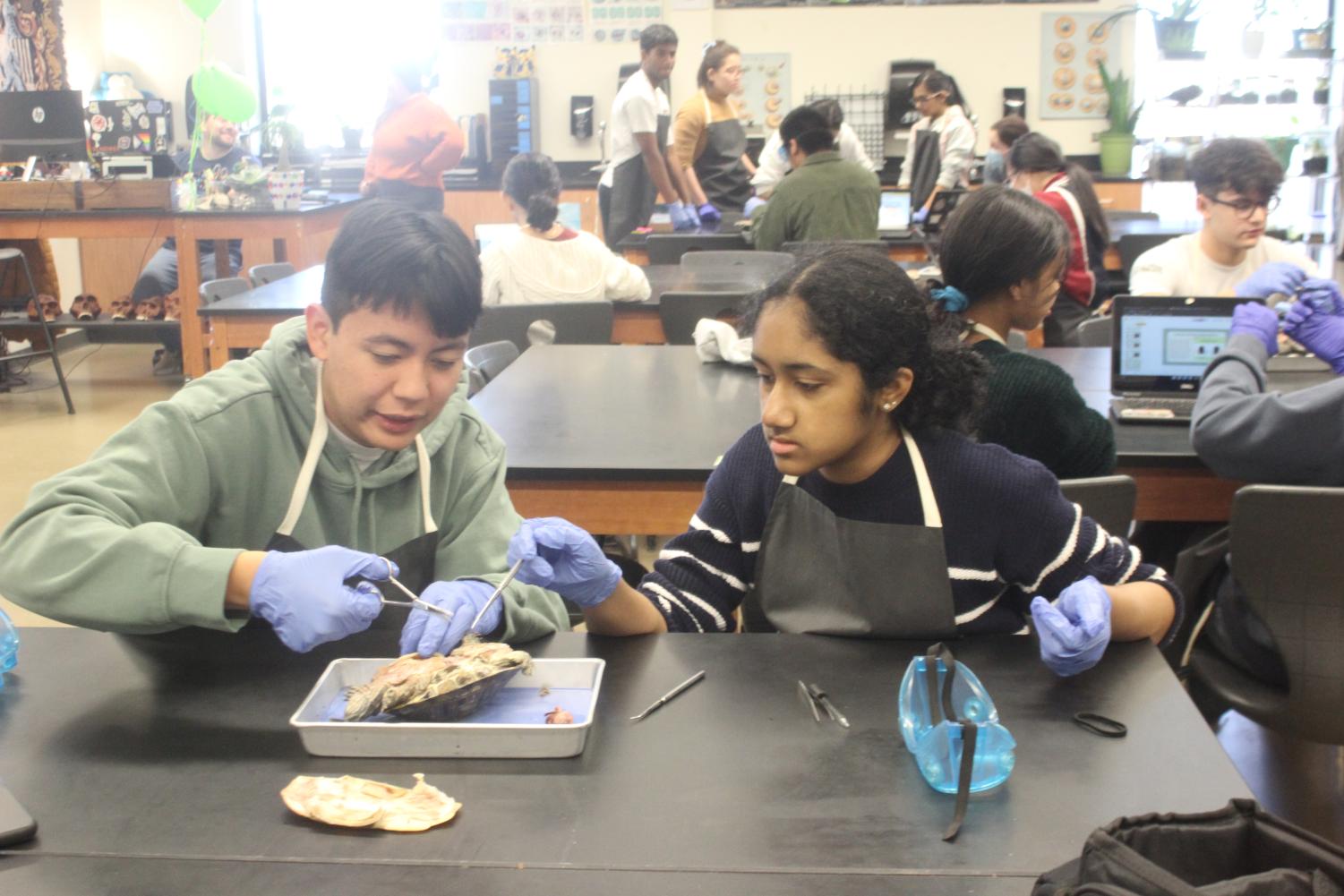
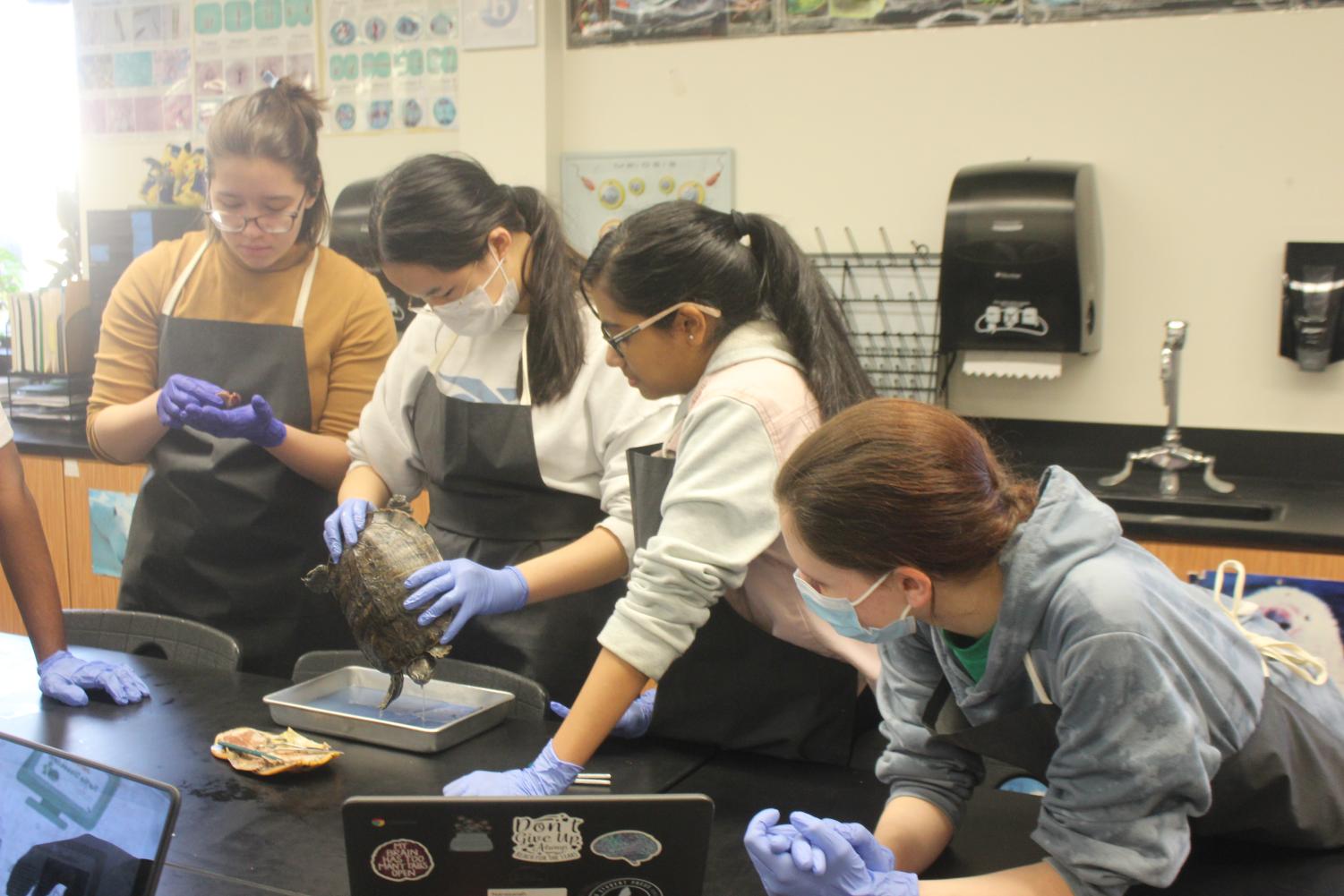
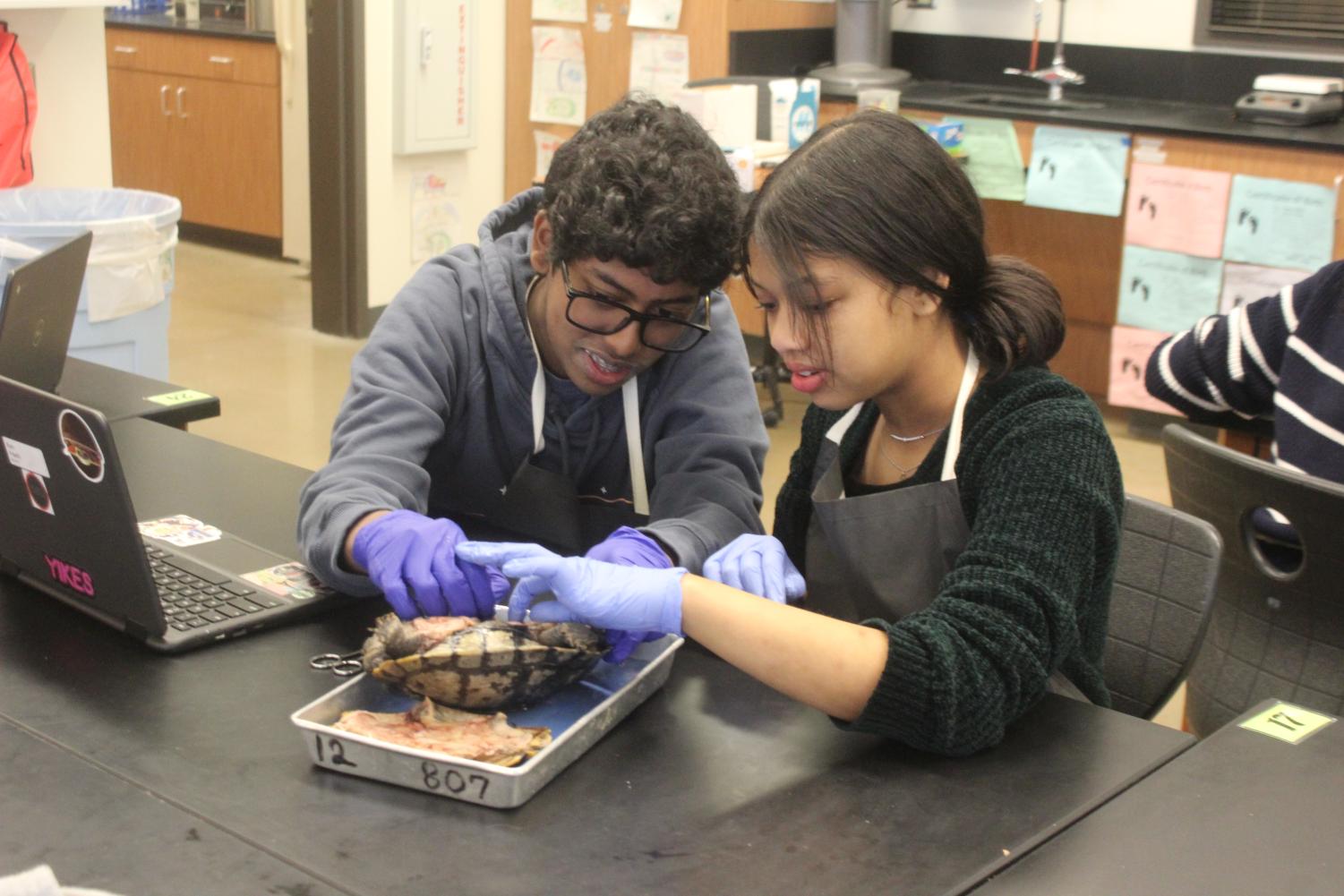
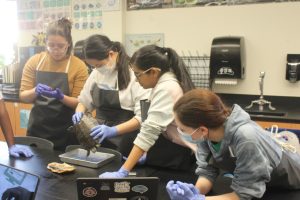
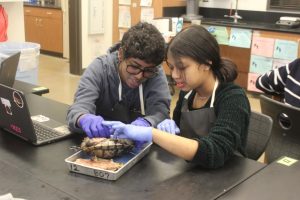
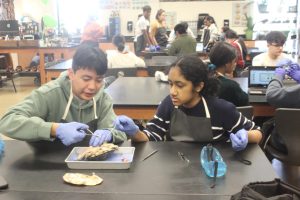
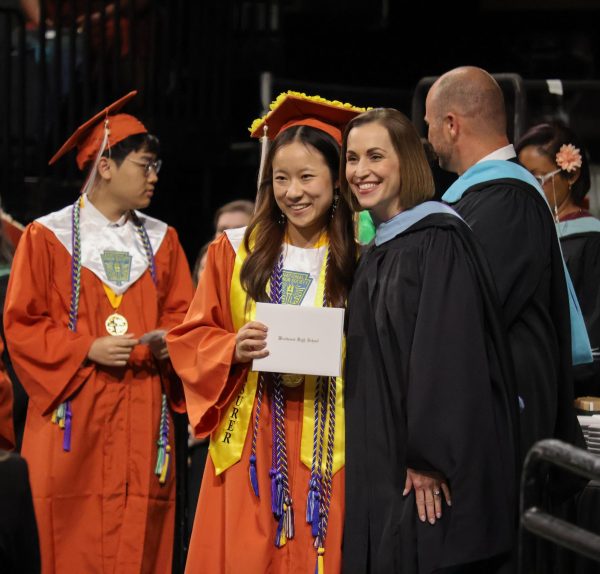
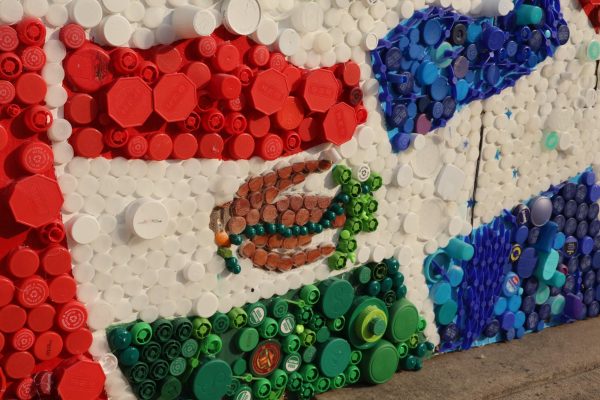

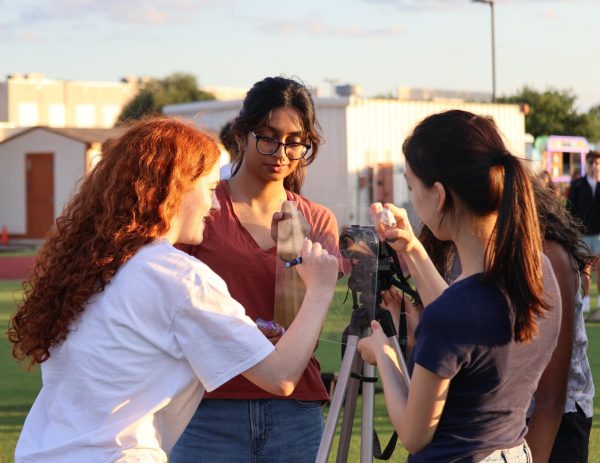
![Holding her plate, Luciana Lleverino '26 steadies her food as Sahana Sakthivelmoorthy '26 helps pour cheetos into Lleverino's plate. Lleverino was elected incoming Webmaster and Sakthivelmoorthy rose to the President position. "[Bailey and Sahiti] do so much work that we don’t even know behind the scenes," Sakthivelmoorthy said. "There’s just so much work that goes into being president that I didn’t know about, so I got to learn those hacks and tricks."](https://westwoodhorizon.com/wp-content/uploads/2025/05/IMG_0063-600x525.jpg)



